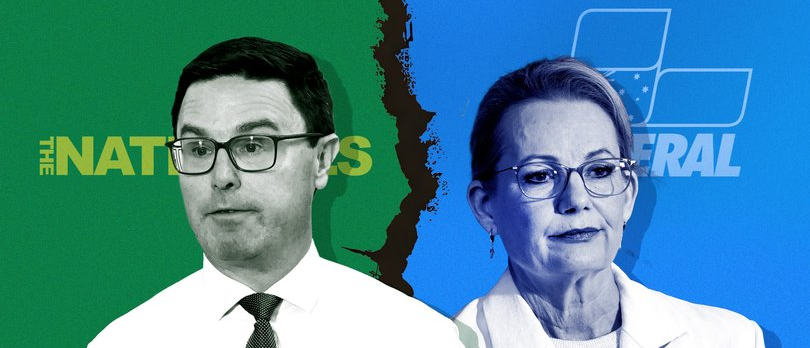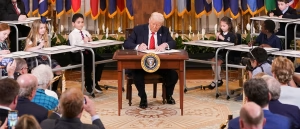On Tuesday, Nationals leader David Littleproud announced that his party would not be reentering the Coalition Agreement with the Liberals over a breakdown in negotiations on several key policy fronts. As a Liberal supporter, I am confident that this split will provide a much-needed opportunity for our party to fundamentally redefine its image and reconnect with the inner-city Australians that were historically so crucial to its voter base. The alternative is risking the destruction of centre‑right politics at a truly perilous juncture in our party’s history, following our landslide loss to Labor in the federal election earlier this month.
The Case for the Split
First, we must recognise the reasoning behind the split. Following the Coalition’s worst election result in 70 years, the Liberals were growing increasingly frustrated over a breakdown in negotiations with the Nationals, particularly over demands to enshrine the development of nuclear energy, expanded divestiture powers for supermarkets and a $20 billion regional future fund. This obstruction from the Nationals rendered the Coalition increasingly untenable and was described by a Liberal MP as “compromising our policies and hurting our brand appeal, especially in the cities”, citing National MPs Barnaby Joyce and Matt Canavan’s climate denial as undermining support from urban residents, women and younger voters. Senior Liberals quietly championed the split as a “necessary reset” to “hit rock bottom before you start to rebuild”. At any rate, the federal election had been a disaster with the Coalition achieving its lowest ever primary vote of around 32%, and reform was urgently needed.
But there have also been customary cautions. Former Liberal Prime Minister John Howard has advised that policy disagreements “are best resolved within the framework of the Coalition,” seeking reconciliation before the finalisation of the split. This advice is ultimately informed by experience: previous ruptures in the 1920s, 1930s, and 1980s were all resolved when common purpose within the Coalition trumped temporary discord.

What’s Next?
The split will provide much-needed freedom for both parties, with all opposition frontbench positions being assigned to Liberal MPs. The Liberals have already released a policy reboot for suburban and urban Australia, with plans for infrastructure, housing affordability and moderate climate action unencumbered by the obstruction and potentially rural bias of the Nationals. This sentiment has been articulated by Liberal MPs Jason Falinski and Andrew Wallace, who argue that eliminating Coalition deadweight will pave the way for more decisive and appealing propositions to urban residents, women and younger voters.
However, this strategic gamble could also yield serious risks. Without a unified strategy, no party could reasonably claim an alternative government to Labor, opening the potential for a fractured centre‑right spectrum and domination from the left. To conceivably establish a return to government, the Liberals would need to field candidates to contest traditionally National-held seats in rural areas, further stretching campaign resources thin and potentially splitting donations.
Ultimately, it seems highly probable that the Liberals and Nationals will put aside their differences and reenter the Coalition Agreement within the near future, given their history of reconciliation and the necessity of reforming government. For the time being, the split will provide both parties with an invaluable opportunity to reconsider their priorities and key policy fronts in preparation for the almost inevitable return of the Coalition.

Conclusion
From my position as a Liberal supporter, this Coalition split serves as a much-needed moment of recalibration. The division has underlined the growing ideological divide within the Coalition: the Nationals’ rural-based interventionism against the Liberals’ city-based, voter-oriented liberalism. After its electoral wipeout, the Coalition’s brief falling apart will allow the Liberals to reassert its city-centred promises and regain traction within its urban voter base. If sustained, this realignment may restore its credibility in city electorates, enabling the Coalition to credibly challenge Labor at the next election. Ultimately, the split will allow the Liberals to emerge with a stronger identity, renewed policy vision, and fresh mandate for-centre right leadership.
But the test remains ahead. The longevity of both parties hinges on whether they can reconcile their differences and reestablish the Coalition Agreement. Meaningful policy proposals, cooperation with the Nationals and decisive leadership from Sussan Ley will ensure that this split might be looked back upon as a temporary roadblock in centre‑right politics.
Read more: The Insight Corner



